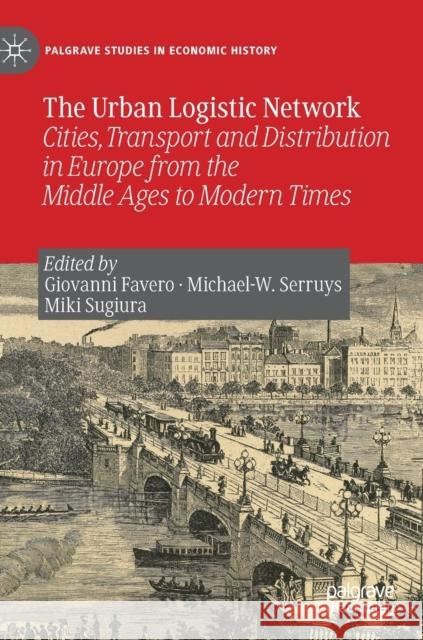The Urban Logistic Network: Cities, Transport and Distribution in Europe from the Middle Ages to Modern Times » książka
topmenu
The Urban Logistic Network: Cities, Transport and Distribution in Europe from the Middle Ages to Modern Times
ISBN-13: 9783030275983 / Angielski / Twarda / 2019 / 253 str.
The Urban Logistic Network: Cities, Transport and Distribution in Europe from the Middle Ages to Modern Times
ISBN-13: 9783030275983 / Angielski / Twarda / 2019 / 253 str.
cena 682,72
(netto: 650,21 VAT: 5%)
Najniższa cena z 30 dni: 616,85
(netto: 650,21 VAT: 5%)
Najniższa cena z 30 dni: 616,85
Termin realizacji zamówienia:
ok. 22 dni roboczych.
ok. 22 dni roboczych.
Darmowa dostawa!
Kategorie:
Kategorie BISAC:
Wydawca:
Palgrave MacMillan
Seria wydawnicza:
Język:
Angielski
ISBN-13:
9783030275983
Rok wydania:
2019
Wydanie:
2019
Numer serii:
000462744
Ilość stron:
253
Waga:
0.47 kg
Wymiary:
21.01 x 14.81 x 1.6
Oprawa:
Twarda
Wolumenów:
01
Dodatkowe informacje:
Wydanie ilustrowane











